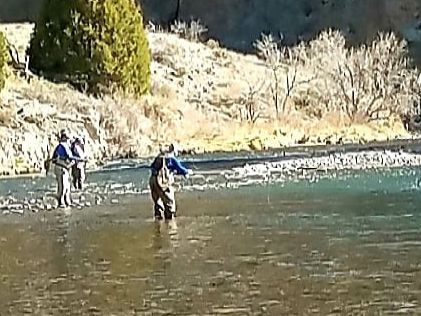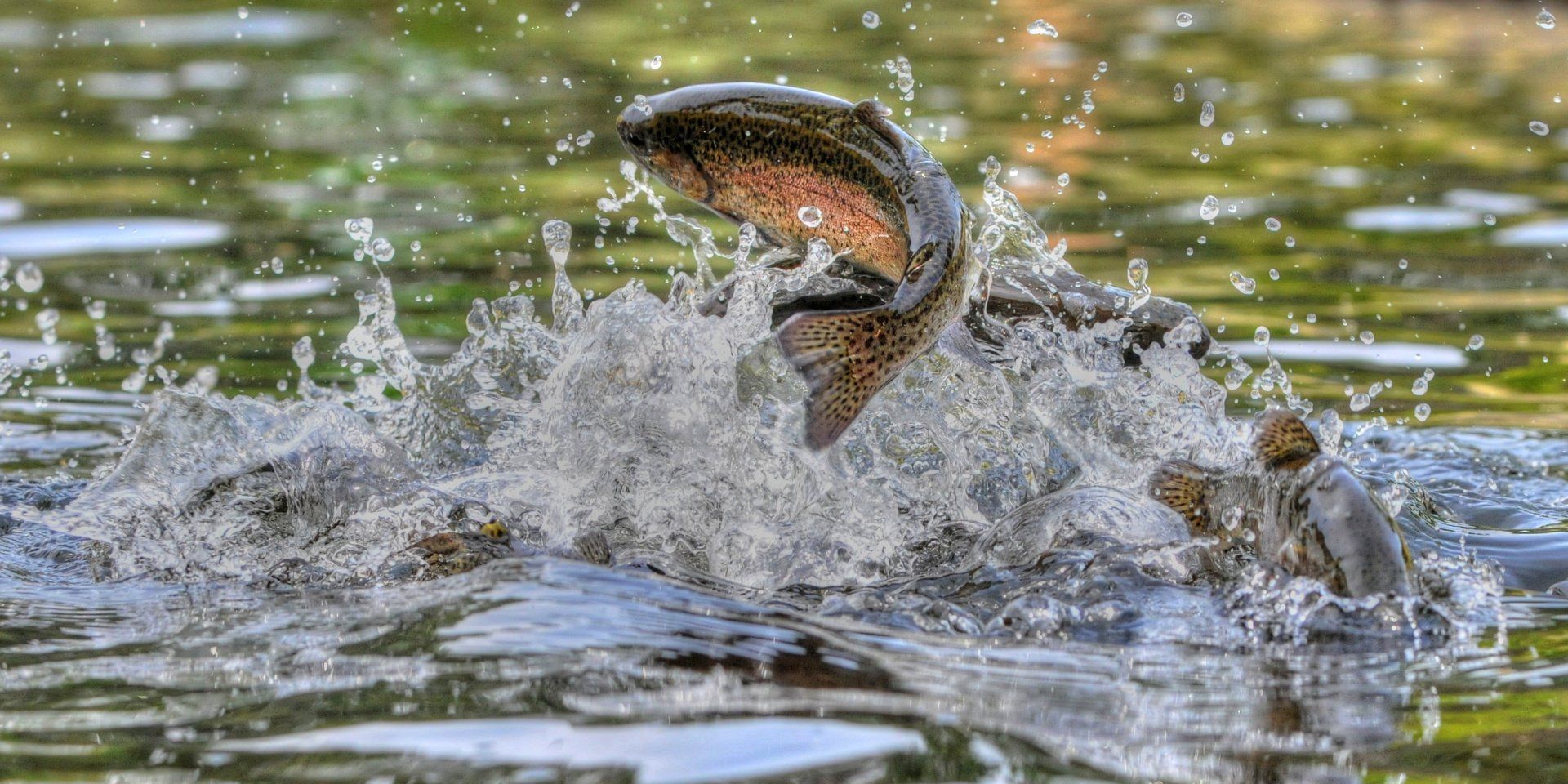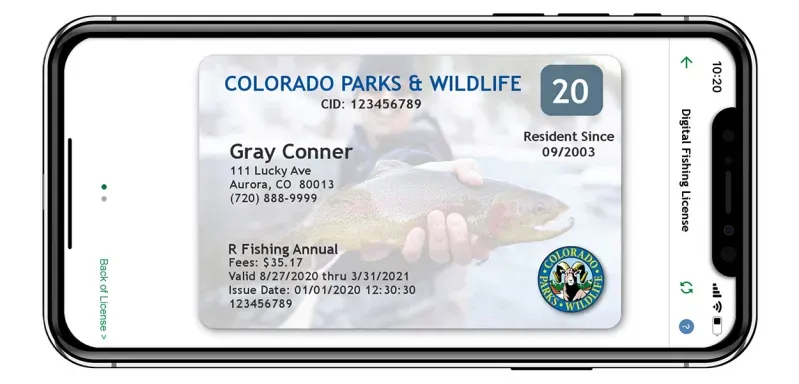
Fishing the Salt
One of the more fun aspects of fly-fishing is evolving as an angler to be able to target and effectively catch different species. Many fly-fishermen start, like I did, in targeting freshwater species like trout or warmer water species like bass and bluegill. Living in Colorado, those remain the bread and butter of my fly-fishing. Over the years, other species like northern pike, carp, whitefish and even suckers have entered into the mix. Another evolution of the freshwater fly-fisherman is moving to the salt. Whether it be striped bass in New England, redfish on the gulf coast, or targeting bonefish, permit, tarpon, snook, etc in a salt flats environment, there are significant differences in preparation and mindset that are critically important. There are some excellent articles out there that are quite helpful. Here are some of the learnings I have had as I have gotten into it.
Practice Your Casting
I seriously can’t stress this enough. Practice your casting prior to leaving for a trip. This is especially true if you are heading to a saltwater flats environment. Casting a saltwater sized fly rod at a moving target standing on an even mildly rocking flats boat with wind blowing is a different game altogether. Practice at home casting with your saltwater set-up prior to your trip. Pick windy days and practice casting into and across the wind. Take a hula hoop or similar sized target into an open field and work on quickly and accurately landing your fly from different wind angles. Look for places that have tight casting lanes, overhanging branches, etc. and work on your casting with different arm angles, including sidearm. There are situations where that tarpon or snook is laid up under mangrove branches which could demand a little bit of creative accuracy to put the fly where it is needed. Line speed is your friend. Work on efficiently using your double haul casting technique to get at least 40-50 feet of line delivered at a moment’s notice. 80 feet casts are great and if that skill is there, the guides will put it to use in how they approach the fish. Accurate, quick 40-50 ft casts are way more important. There are often significant periods of time spent “hunting”, looking for a fish to target with your cast. It is not unusual for your guide to break a long silence with “Permit! 11 O’clock. 50 ft. Cast now!” If you are not ready or if you can’t deliver the fly quickly and accurately, the opportunity could be gone.
Good Sunglasses and Dark brimmed hats
Along with a rod/reel/line set up that is right for the situation, polarized sunglasses are perhaps the next most important piece of equipment. The visual nature of flats fishing demands that you are able to start picking out the subtle nuances of these fish. Your guide will likely be far better than you and will often point out fish before you. Blind casting is a rarity here. If fish in casting range are going unseen, it can become a tough day of staring into the water waiting for the opportunity. Bring the best polarized sunglasses you can. Light amber, brown or copper lens work well in most situations. Sunglasses that shape to your face and block out as much peripheral light as possible are preferred. Dark brimmed hats help minimize light that bounces from the water surface. Bring a second pair in case the first one breaks or is lost and consider trying out different lens colors to settle on what works best for you.
Sun protection and hydration
It is likely gonna be hot and (hopefully) sunny. Bring light weight, quick dry clothing, sun buffs, gloves, sunscreen and be prepared with drink powders that will help keep you hydrated. A cold Belikin or two while fishing sure tastes good. A couple of Gatorades along the way can keep you better hydrated and feeling good.
Get local fly recommendations
Enough said here. There are a lot of saltwater flies but each area seems to settle in on a few “go-to” patterns. Correct size, weight and color can be very important. If possible, get local recommendations from the lodge where you are staying or from a local outfitter in the area.
Work on your strip set
The cast has been beautifully delivered. The fish sees the fly and moves to it. The fish eats and you raise the rod like you would on a beautiful dry fly eat on your home stream. That’s a trout set. Odds are, you just missed the fish because of it. Work on your strip set, both physically and mentally. It can be a hard habit to break, so develop techniques that work for you to keep the rod tip down and pointing at the fish when it eats. And if it’s a tarpon or a snook, strip set and strip set again. These fish have tough mouths. Don’t let a trout set be the reason for missing a fish. Sometimes easier said than done.
Use a gear list
Plenty of good gear lists exist to help in your prep for one of these trips. Use one. They are incredibly helpful.
Manage expectations, cherish your successes and accept your failures
There are times when things come together and everything goes right for that fish of a lifetime to be successfully landed. There are also a myriad of ways in which it can all go awry. Wind that blows your cast off its target, line that snarls when you are trying to clear it during the fish’s first run, refusals to the fly you presented, blown hook sets, obstacles like coral, mangroves, etc to break you off are all part of the game. The visual nature of it all happening before your very eyes is part of what makes it so great. Whether it be success or failure, embrace it for the experience that it is. Saltwater fishing isn’t easy and that is what makes it so fun. When that 5lb bonefish shows up or that 40lb tarpon cruises into range, nerves will likely kick in. Take a deep breath and rely on the practice you have done to deliver on the opportunity. These become images that burn into your brain permanently and that is a very good thing.




